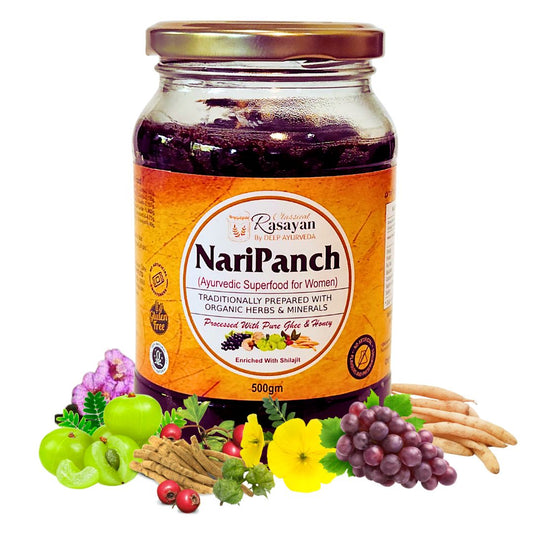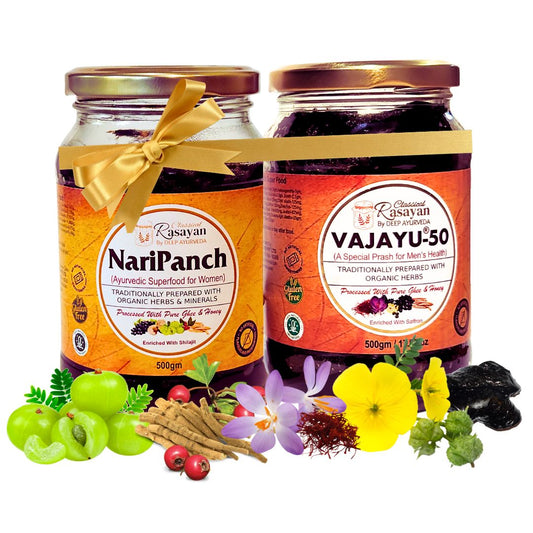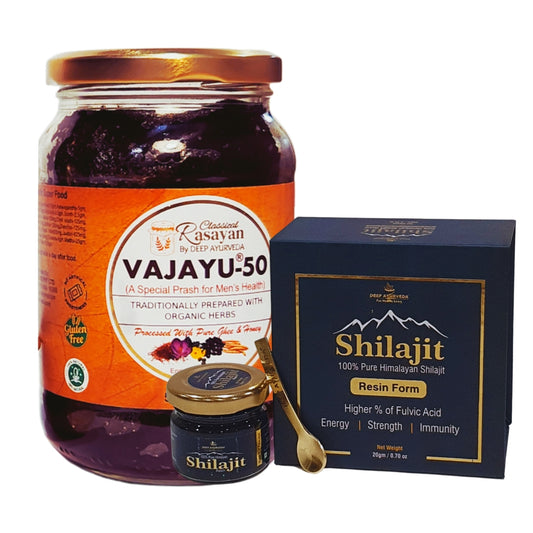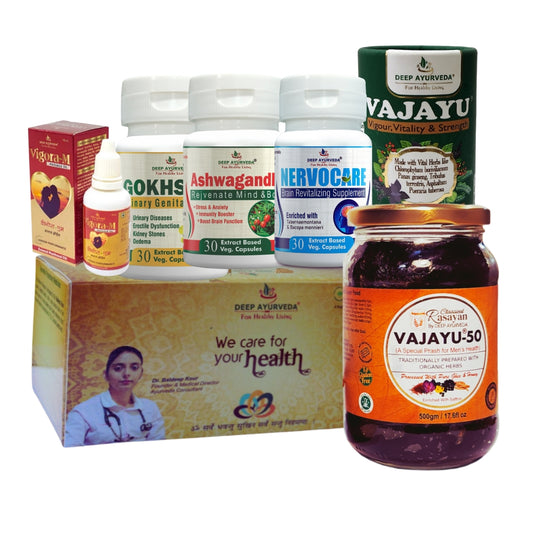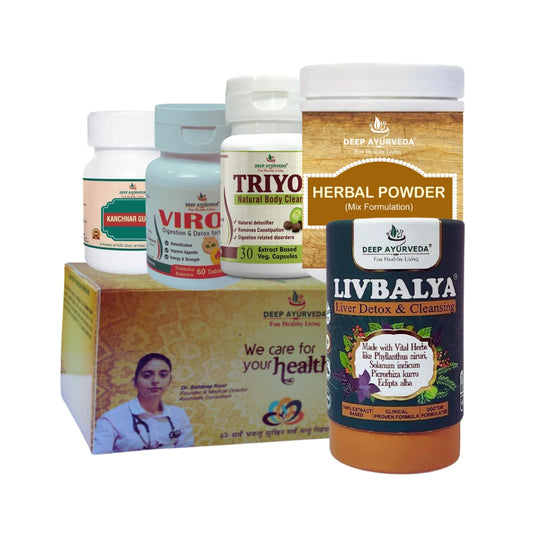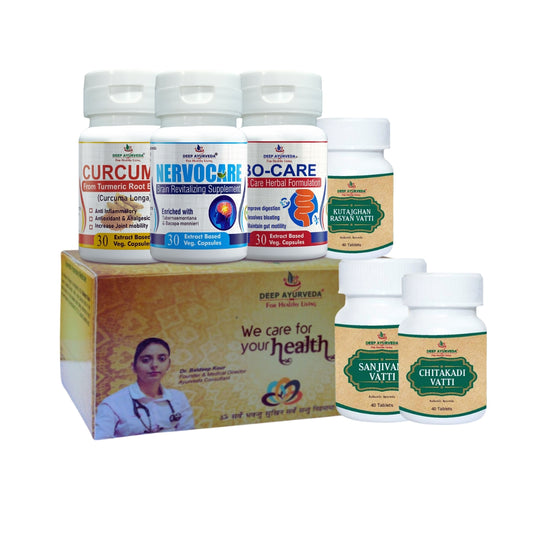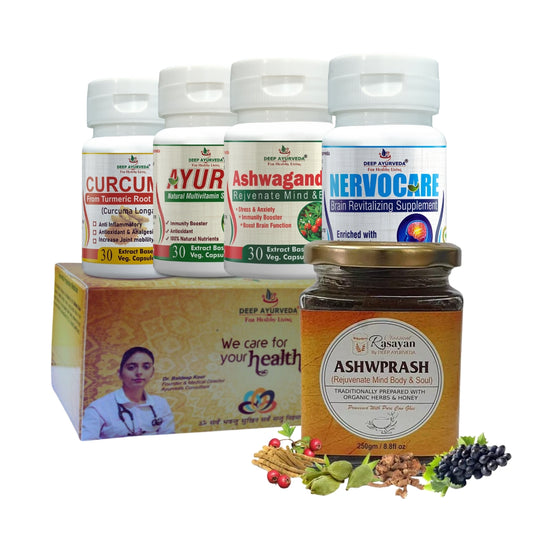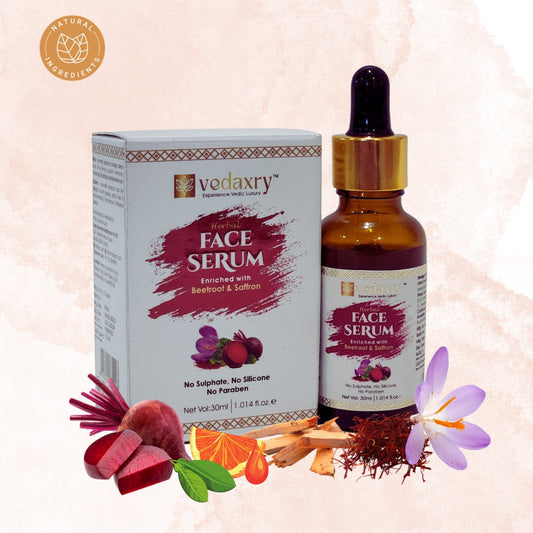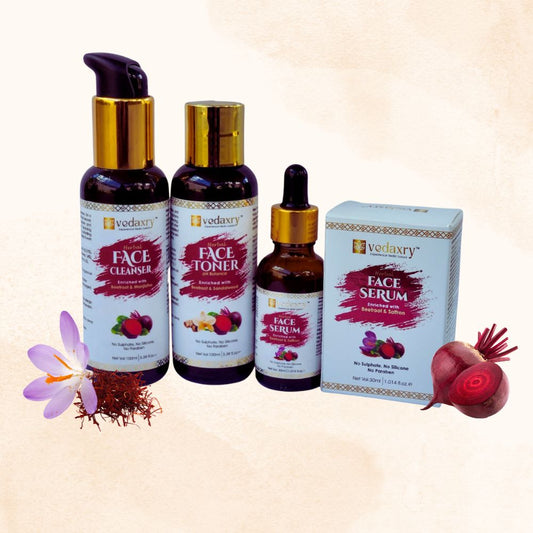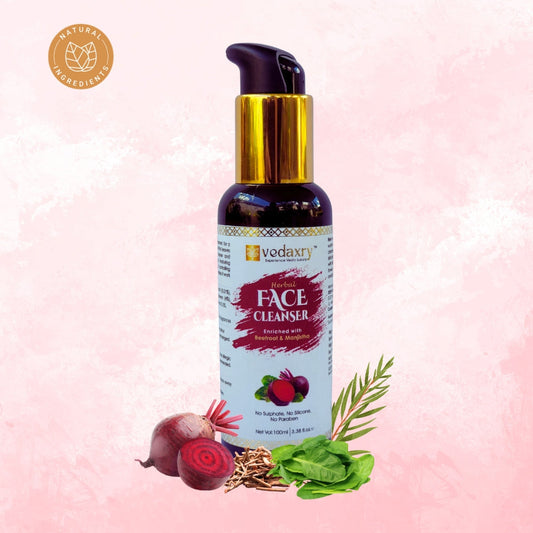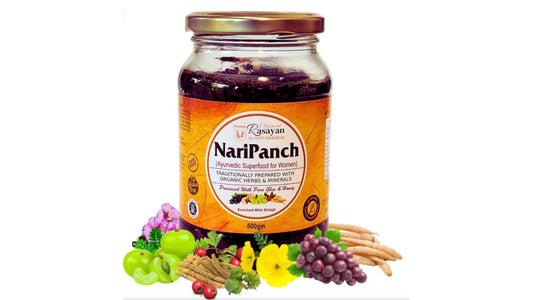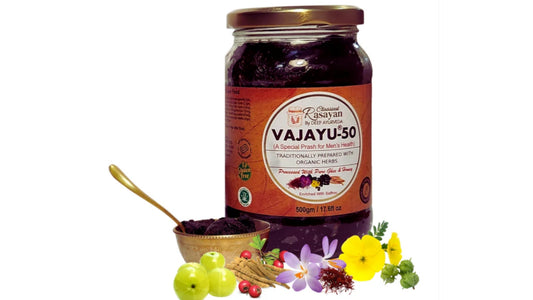Super super
Vajayu® 50 Ayurvedic Superfood for Men’s Health | Boost Strength, Energy, & Stamina | Remove Performance Anxiety
Vajayu® 50 Ayurvedic Superfood for Men’s Health | Boost Strength, Energy, & Stamina | Remove Performance Anxiety
Good
Dear Sarpreet Singh
Greeting from Deep Ayurveda!
Thank you so much for taking the time to leave a 5-star review for our product !
We're thrilled to hear that you're satisfied with your purchase. Your feedback is invaluable to us, and it encourages us to continue delivering top-quality ayurvedic organic products and service.
Our Ayurveda Experts also offering Ayurvedic Consultations
For more information pls visit at www.deepayurveda.in Or Whatsapp 9216582020
If you ever have any questions or need assistance in the future, please don't hesitate to reach out.
We greatly appreciate your support!
Warm Regards
Team Deep Ayurveda
Online Store: www.deepayurveda.in
Vajayu® Shilajit Gold Resin+ With Gold & Kesar for Double Strength for Men's Vitality, Stamina & Energy-20gm Pack
Dear Sukur Mallick
Greeting from Deep Ayurveda!
Thank you so much for taking the time to leave a 5-star review for our product !
We're thrilled to hear that you're satisfied with your purchase. Your feedback is invaluable to us, and it encourages us to continue delivering top-quality ayurvedic organic products and service.
Our Ayurveda Experts also offering Ayurvedic Consultations
For more information pls visit at www.deepayurveda.in Or Whatsapp 9216582020
If you ever have any questions or need assistance in the future, please don't hesitate to reach out.
We greatly appreciate your support!
Warm Regards
Team Deep Ayurveda
Online Store: www.deepayurveda.in







